 Facebook
Facebook
 X
X
 Instagram
Instagram
 TikTok
TikTok
 Youtube
Youtube
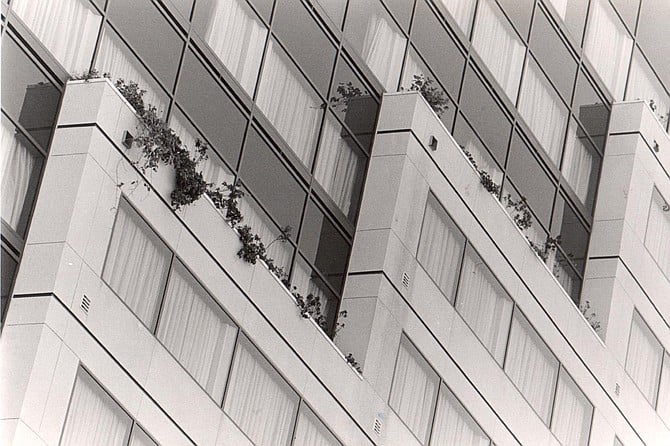
Thoryk and his partner, a real-estate development company owned by San Diego Gas & Electric, found a co-conspirator in San Diego City Hall, which solicited and approved Thoryk’s remodeling of the historic swimming pool over the objections of thousands of Mission Beach residents. With the support of then-councilman Mike Gotch, an erstwhile planner and environmentalist, Thoryk’s group tore off the elegant facade of delicate moldings and destroyed utterly the dignified building that once encased the swimming pool.
By Matt Potter, Dec. 15, 1988 | Read full article

Describing the La Jolla complex, the California press agreed. Some of them, though, actually wondered if the temple would “raise interesting questions about the role of architecture in modern society.” And one or two couldn’t refrain from sneakily admiring its vulgar monumentalism. Do the ten sinister, steel-framed spires pointing, like their remote European cathedral ancestors, toward the infinite rewards of Heaven put the smug materialism of La Jolla to shame? What unpredictable spiritual effect will this have?
By Lawrence Osborne, Nov. 25, 1992 | Read full article

Grim and unstable concrete or no, the vast, echoing oval, the tiered seats (almost 60,000 of them), the brutal majesty — all recall the stabs at immortality made by the Roman engineers. And in some distant future, San Diego Jack Murphy stadium might well be some ivy-covered Coliseum in the center of a ruined, half-excavated San Diego, surrounded by screaming little Italian cars and crawling with romantic, tourists trying to imagine a Chargers game.
By Lawrence Osborne, March 4, 1993 | Read full article
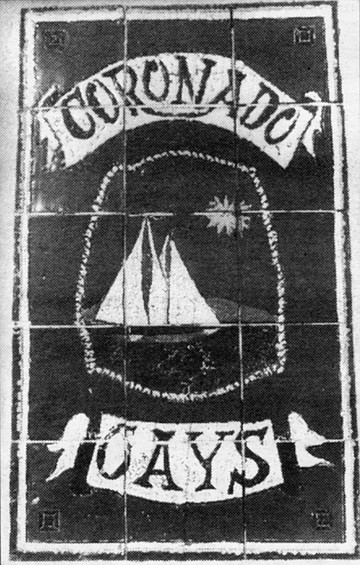
Inside, however, the Cays Villages, all Caribbean-cute and nautical-spruce, have a distinctly nervous feel. Stop the car for just a second outside one of those manicured, sprinklered lawns (the masts bobbing and tinkling eerily in the background) and almost immediately the owner will come bowling out of his front door, squinting through your windshield, wanting to know what the hell you think you’re doing stopping your car just like that in front of his house.
By Lawrence Osborne, Apr. 22, 1993 | Read full article
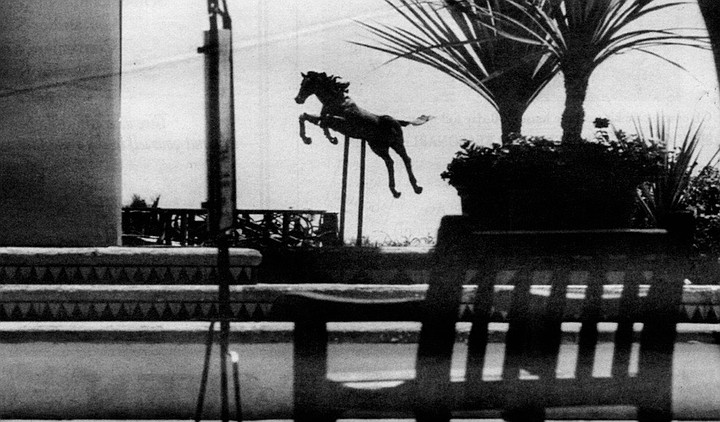
“The big malls are dinosaurs. We’ll have a two-tiered retail world similar to the gasoline business. The smaller speciality center can provide better service and also relates to the community from an architectural and merchandising point of view.” The ’60s mall, then, will be replaced by the ’90s plaza — places like the Del Mar Plaza, with its dainty arrangements of jacaranda trees and pittosporum, its Craftsman-style redwood pergola and graceful arcades.
By Lawrence Osborne, Aug. 5, 1993 | Read full article
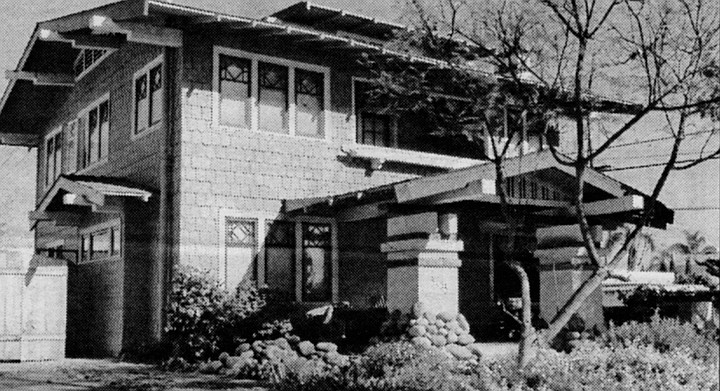
He describes Dryden, who died in 1946, as “flamboyant, quixotic,” and “a personality who ranged from high to low.” He says, “He also describes this scene: “His family said he made and lost three fortunes in his lifetime. He spent wildly. He paid for things out of his pocket rather than having accounts. He was very loose with his money. He just threw it away. And some relatives say he literally threw it away.
By Jeanne Schinto, March 30, 2000 | Read full article

In San Diego, Mexican-period buildings include the Casa de Estudillo, an enclosed adobe structure begun by Captain José Maria Estudillo in 1829. The Estudillos were one of the early Californio families. There are also the Casa de Machado, built by Juan Manuel Machado in the 1830s, and the Casa de Bandini. The Casa de Bandini’s history is a fitting architectural metaphor for the experience of Spanish-Mexican families and their culture in 19th-century California.
By Lawrence Herzog, May 25, 2000 | Read full article
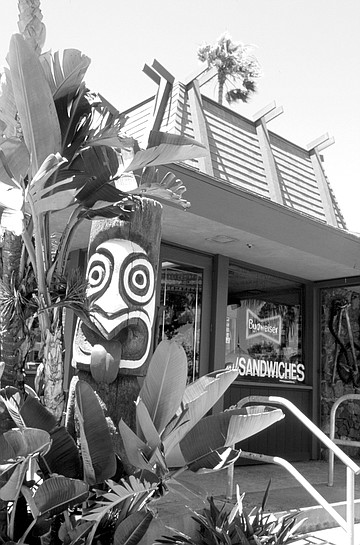
concentric circles.” In addition to the Bali Ha’i and remnants of bygone tiki-inspired restaurants and hotels on the peninsula, Bevil considers Trader Mort’s Liquor & Deli, at the entrance to Shelter Island Drive, to be “one of the most perfect tiki commercial buildings” he’s ever seen. Its name is taken from one of the craze’s originators, Victor Bergeron, a.k.a. Trader Vic.
By Jeanne Schinto, July 5, 2001 | Read full article
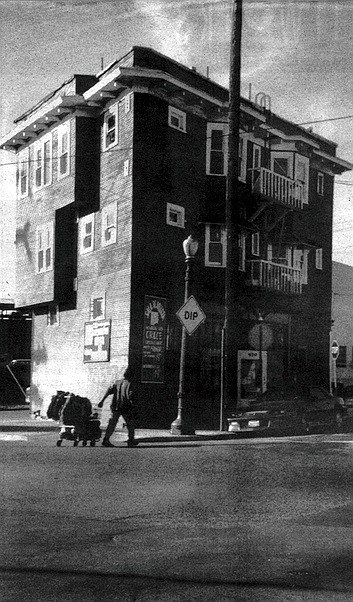
Built on the 848-foot lot around 1911, the building was originally neighbored by citrus groves, orchid greenhouses, sanitariums, and the Sweetwater Racetrack. The ground floor was a grocery store and the second and third floors were the Flat Iron Apartments. During prohibition the store was converted into a distribution center for malt and hops. When the 18th Amendment was repealed in 1934 it became a liquor store and later, Jack’s Island Tavern.
By Janet Lowe, April 20, 1995 | Read full article
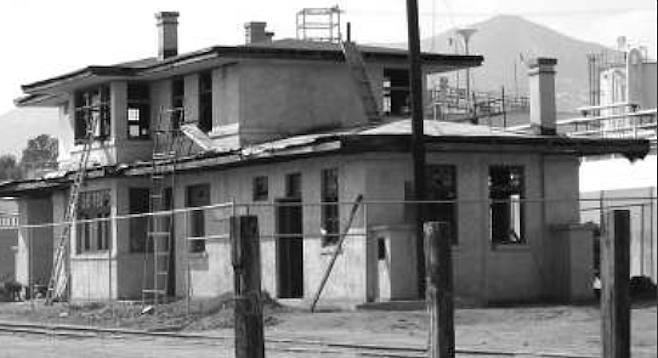
Castillo believes it had to have been between 1914 and 1919. "We have photos of a previous building there, and this is the second one. I lead historical tours from Carrizo Gorge to the depot. I tell people that when it was built, Tecate had just one street and the depot. There were only about 400 people in Tecate back then. It was a ranch, but they put in this terminal like it was a big city.
By Robert Kumpel, Dec. 19, 2002 | Read full article


Thoryk and his partner, a real-estate development company owned by San Diego Gas & Electric, found a co-conspirator in San Diego City Hall, which solicited and approved Thoryk’s remodeling of the historic swimming pool over the objections of thousands of Mission Beach residents. With the support of then-councilman Mike Gotch, an erstwhile planner and environmentalist, Thoryk’s group tore off the elegant facade of delicate moldings and destroyed utterly the dignified building that once encased the swimming pool.
By Matt Potter, Dec. 15, 1988 | Read full article

Describing the La Jolla complex, the California press agreed. Some of them, though, actually wondered if the temple would “raise interesting questions about the role of architecture in modern society.” And one or two couldn’t refrain from sneakily admiring its vulgar monumentalism. Do the ten sinister, steel-framed spires pointing, like their remote European cathedral ancestors, toward the infinite rewards of Heaven put the smug materialism of La Jolla to shame? What unpredictable spiritual effect will this have?
By Lawrence Osborne, Nov. 25, 1992 | Read full article

Grim and unstable concrete or no, the vast, echoing oval, the tiered seats (almost 60,000 of them), the brutal majesty — all recall the stabs at immortality made by the Roman engineers. And in some distant future, San Diego Jack Murphy stadium might well be some ivy-covered Coliseum in the center of a ruined, half-excavated San Diego, surrounded by screaming little Italian cars and crawling with romantic, tourists trying to imagine a Chargers game.
By Lawrence Osborne, March 4, 1993 | Read full article

Inside, however, the Cays Villages, all Caribbean-cute and nautical-spruce, have a distinctly nervous feel. Stop the car for just a second outside one of those manicured, sprinklered lawns (the masts bobbing and tinkling eerily in the background) and almost immediately the owner will come bowling out of his front door, squinting through your windshield, wanting to know what the hell you think you’re doing stopping your car just like that in front of his house.
By Lawrence Osborne, Apr. 22, 1993 | Read full article

“The big malls are dinosaurs. We’ll have a two-tiered retail world similar to the gasoline business. The smaller speciality center can provide better service and also relates to the community from an architectural and merchandising point of view.” The ’60s mall, then, will be replaced by the ’90s plaza — places like the Del Mar Plaza, with its dainty arrangements of jacaranda trees and pittosporum, its Craftsman-style redwood pergola and graceful arcades.
By Lawrence Osborne, Aug. 5, 1993 | Read full article

He describes Dryden, who died in 1946, as “flamboyant, quixotic,” and “a personality who ranged from high to low.” He says, “He also describes this scene: “His family said he made and lost three fortunes in his lifetime. He spent wildly. He paid for things out of his pocket rather than having accounts. He was very loose with his money. He just threw it away. And some relatives say he literally threw it away.
By Jeanne Schinto, March 30, 2000 | Read full article

In San Diego, Mexican-period buildings include the Casa de Estudillo, an enclosed adobe structure begun by Captain José Maria Estudillo in 1829. The Estudillos were one of the early Californio families. There are also the Casa de Machado, built by Juan Manuel Machado in the 1830s, and the Casa de Bandini. The Casa de Bandini’s history is a fitting architectural metaphor for the experience of Spanish-Mexican families and their culture in 19th-century California.
By Lawrence Herzog, May 25, 2000 | Read full article

concentric circles.” In addition to the Bali Ha’i and remnants of bygone tiki-inspired restaurants and hotels on the peninsula, Bevil considers Trader Mort’s Liquor & Deli, at the entrance to Shelter Island Drive, to be “one of the most perfect tiki commercial buildings” he’s ever seen. Its name is taken from one of the craze’s originators, Victor Bergeron, a.k.a. Trader Vic.
By Jeanne Schinto, July 5, 2001 | Read full article

Built on the 848-foot lot around 1911, the building was originally neighbored by citrus groves, orchid greenhouses, sanitariums, and the Sweetwater Racetrack. The ground floor was a grocery store and the second and third floors were the Flat Iron Apartments. During prohibition the store was converted into a distribution center for malt and hops. When the 18th Amendment was repealed in 1934 it became a liquor store and later, Jack’s Island Tavern.
By Janet Lowe, April 20, 1995 | Read full article

Castillo believes it had to have been between 1914 and 1919. "We have photos of a previous building there, and this is the second one. I lead historical tours from Carrizo Gorge to the depot. I tell people that when it was built, Tecate had just one street and the depot. There were only about 400 people in Tecate back then. It was a ranch, but they put in this terminal like it was a big city.
By Robert Kumpel, Dec. 19, 2002 | Read full article
Comments